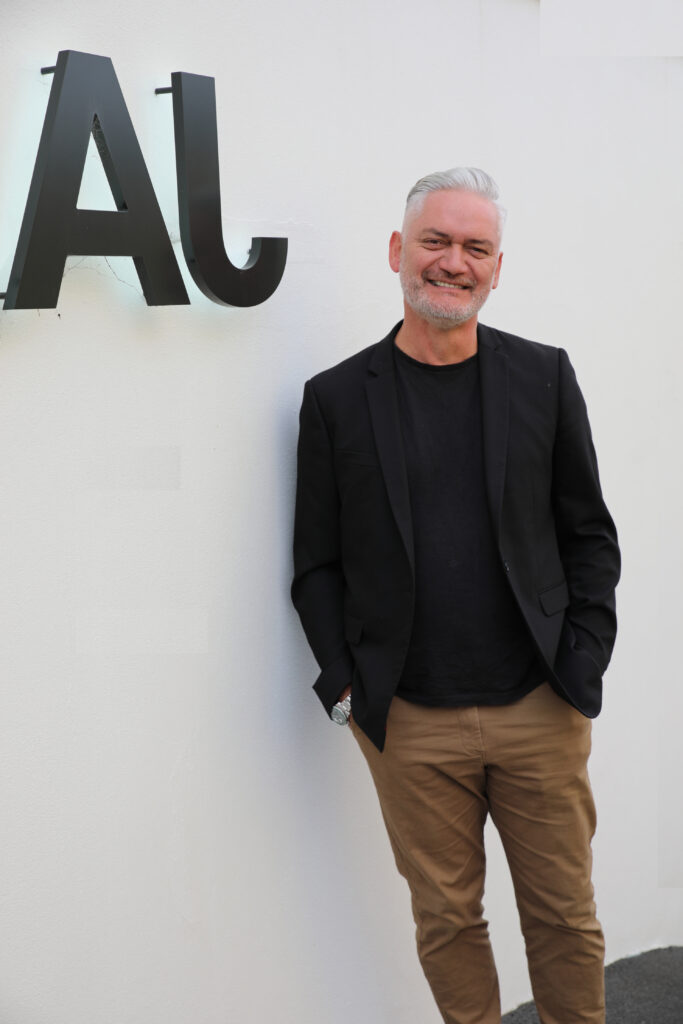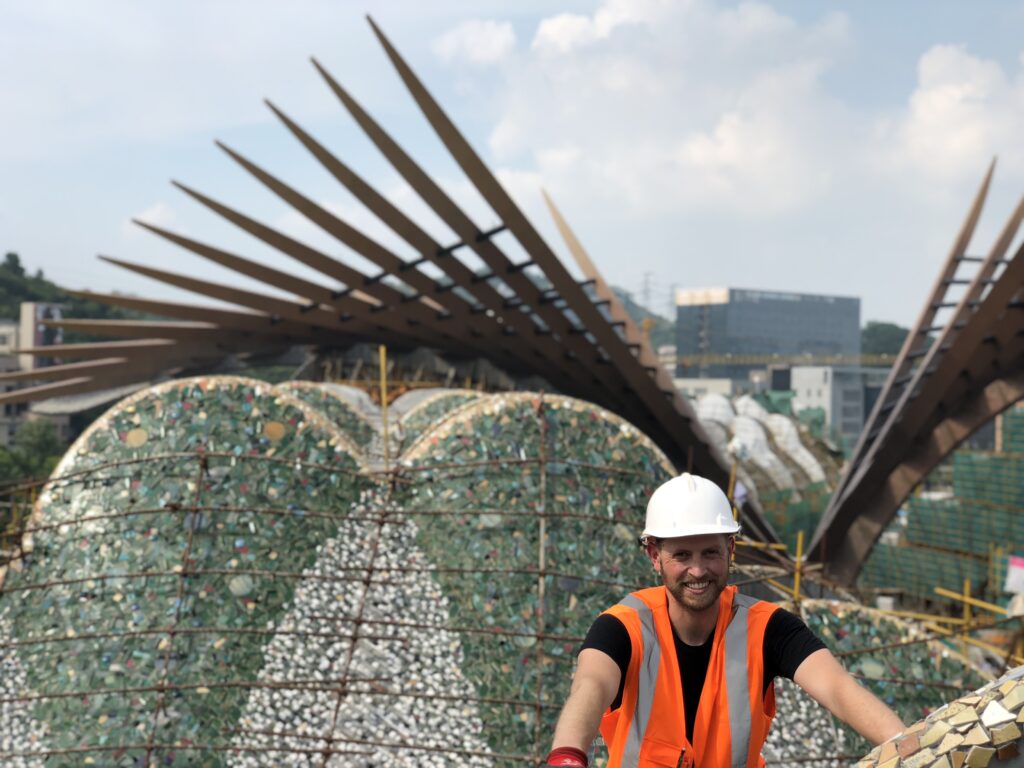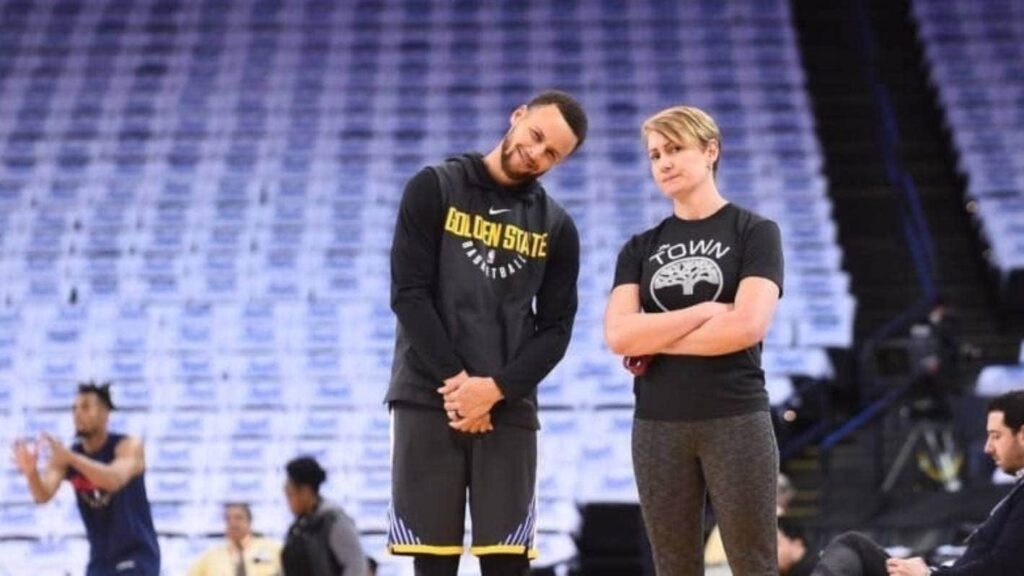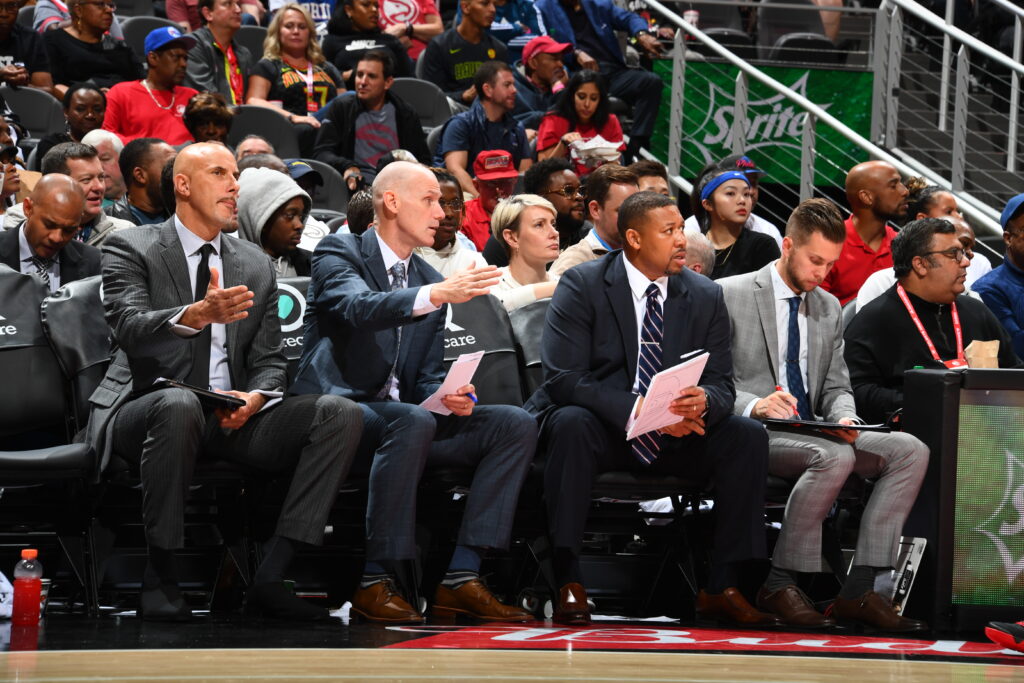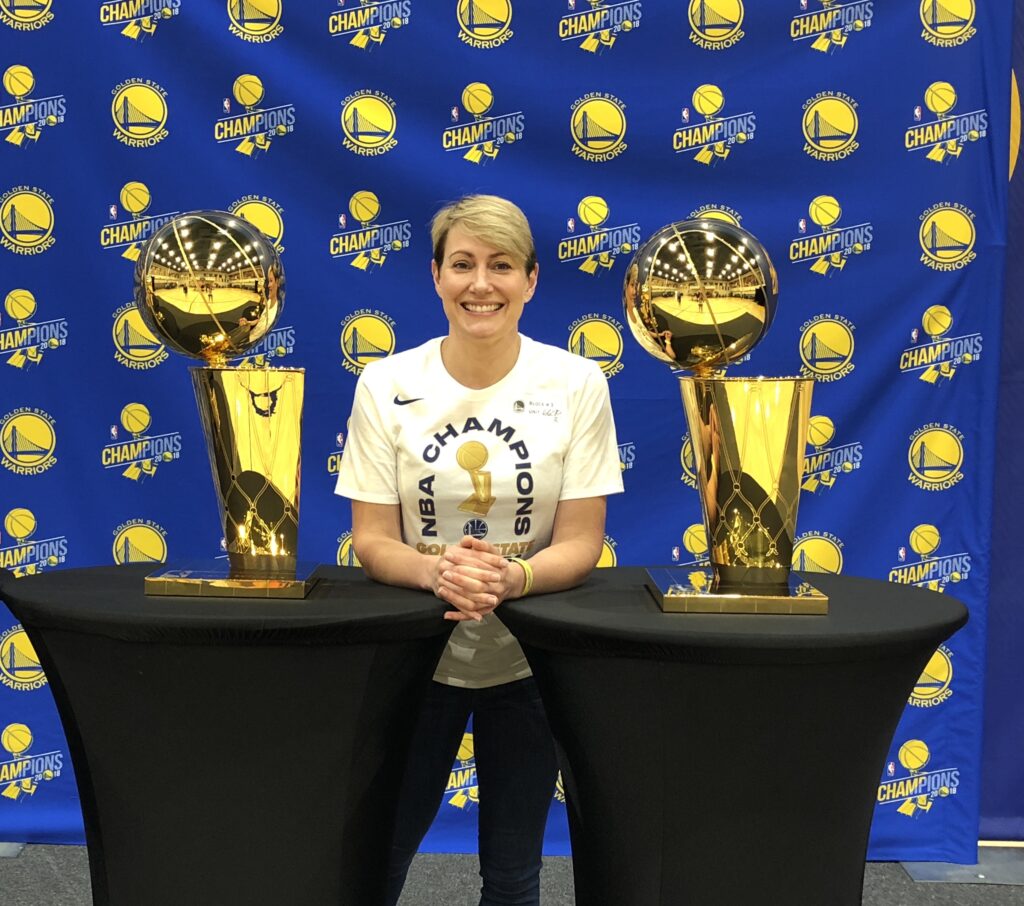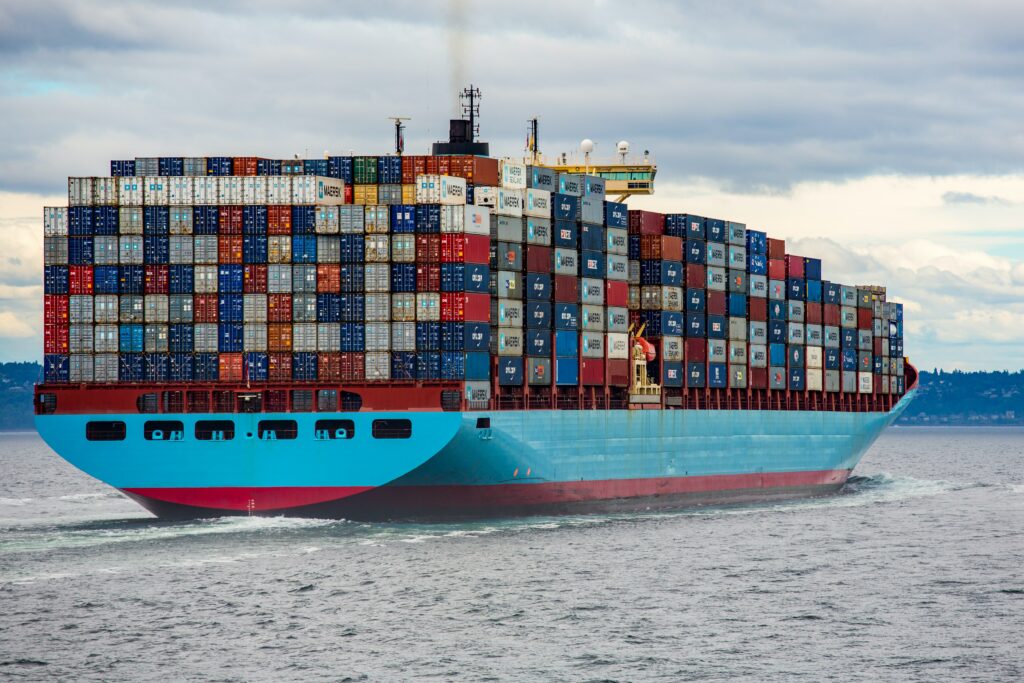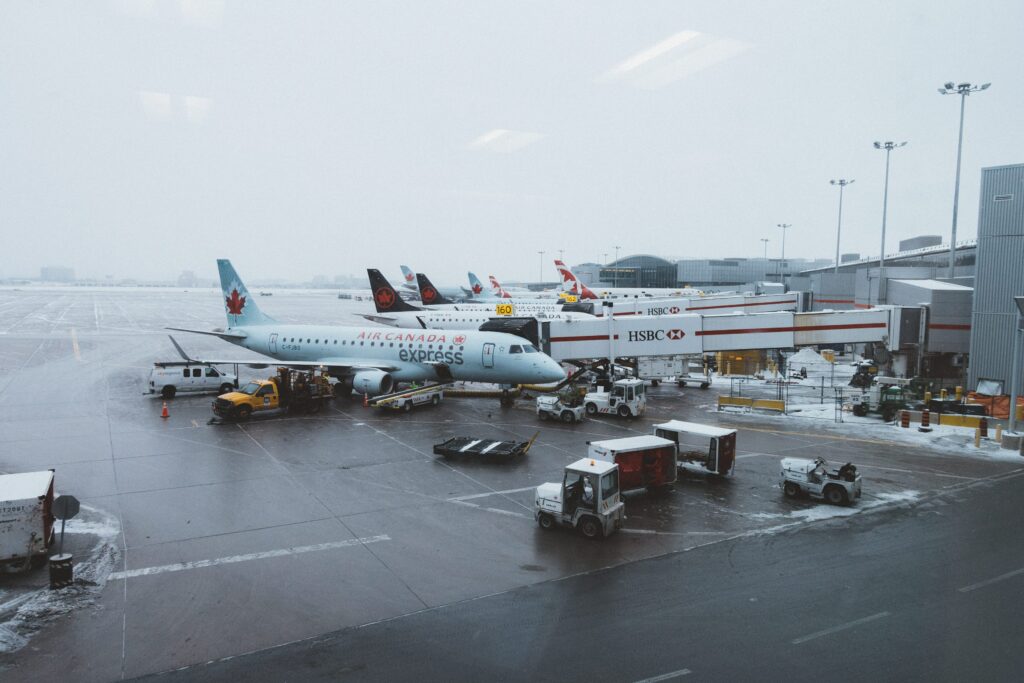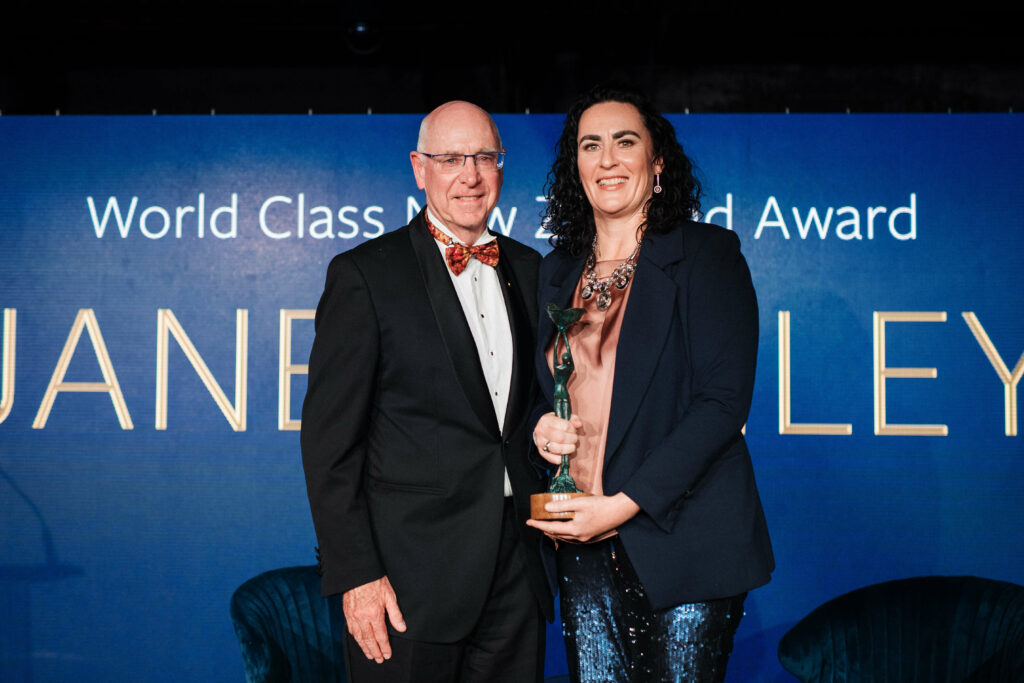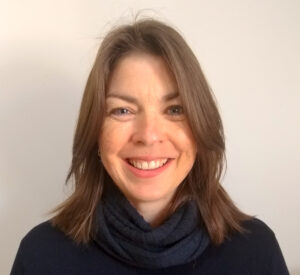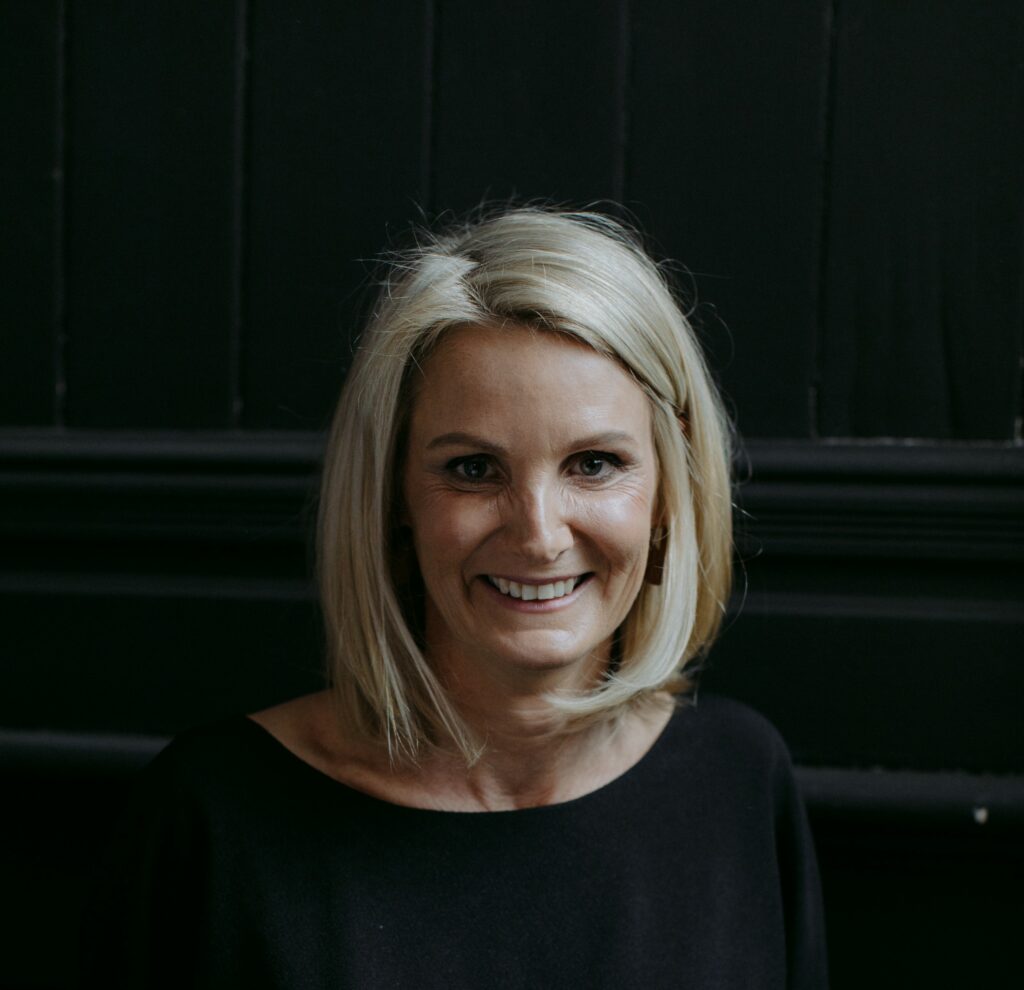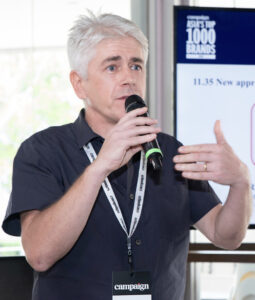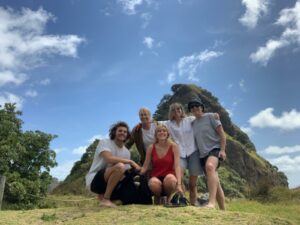The aim of this series is to highlight the incredible stories of our World Class New Zealanders and inspire other Kiwi to push the boundaries of their own business goals and expectations. Our World Class community are keen to use their insights and learnings to help others achieve the same heights of success that they have experienced.
This month Kea spoke to South American based Kiwi Craig Bell. Craig believes the most important challenge for businesses is to make a dollar and a difference. His commitment to leaving his adopted country of Brazil a better place than he found it, has led him to create a groundbreaking South American dairy model based around traditional New Zealand pasture based farming practices and give back to his local community.
What makes Craig really stand out as a World Class New Zealander is his dedication to share his knowledge and insights with a number of other business owners and entrepreneurs both in Brazil and New Zealand. To hear Craig’s story and discover the challenges and opportunities of operating in the South American market.
Watch the full webinar below.

 MENU
MENU


